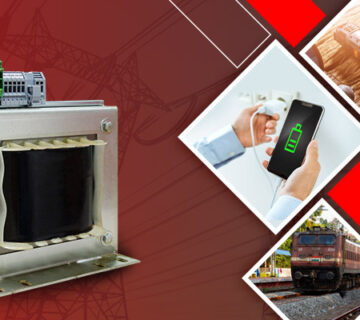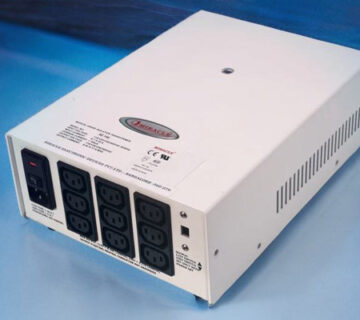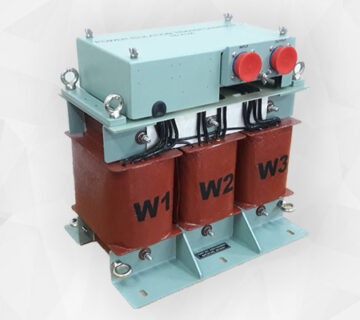While there are a variety of transformers available in the market today, the power distribution sector uses only two of them. As the name suggests, the sector uses distribution transformers and power transformers in India. If you want to know what these are and how they differ, this blog provides the right information.
Distribution transformers
Distribution transformers are a type of step down transformer that reduce the high amount of voltage coming from the power plant to a lower value so that it can be effectively used to transfer the electric power further down the line. Thus, they provide the final voltage transformation before the electric current is passed to the circuit via the distribution line.
These transformers are further categorized into two types – dry type transformers and liquid transformers. The dry type distribution transformers are known for their effective usage in applications where safety and fire protection is required; while the liquid distribution transformers are known for their compact size and efficient power distribution ability. However, both these transformer types have their own ways of being cooled. Dry type transformers have internal convection air flow for core cooling, while liquid transformers use thermal conduction to remove heat via the tank walls.
Power transformers
Power transformers are the equipment that are used in the power distribution sector to transform electric current from low to high voltage levels. These transformers are designed for medium and large sizes, and are used in applications where the power exceeds 10 MVA. They also have a greater insulation property as compared to other transformer types, which results in increased cooling. Moreover, these transformers also possess efficiency in performance, without compromising on the aspects of safety and reliability. And, to serve better, they function at low noise levels, unlike many other transformers.
Just like distribution transformers, even power transformers are categorized into two types. But here, the two types include liquid and Generator Step-up Units (GSU). Both these transformers can be used along with phase shifters to balance the power flow and optimize power transmission.
How do power transformers and distribution transformers differ?
Applications – Power transformers are designed for applications with power requirements greater than 10 MVA, while distribution transformers are designed for applications with power requirements only up to 10 MVA.
Purpose – Power transformers are used to step up voltages in the power distribution sector from low to high levels, while distribution transformers are used to step down the voltages from high to low levels.
Cooling – Power transformers use cooled through high levels of insulation, while distribution transformers are cooled through thermal conduction or internal convection air flow.
Now that you know in detail all about the two types of transformers and how they both differ in their applications and purposes, you are in a better position to decide as to which transformer you would need for your power distribution applications. Whichever transformer you may need, Miracle Electronics is the one stop destination for you, where you can get all types of toroidal, medical isolation, audio, EI, UI, SMPS, and power transformers in India.




